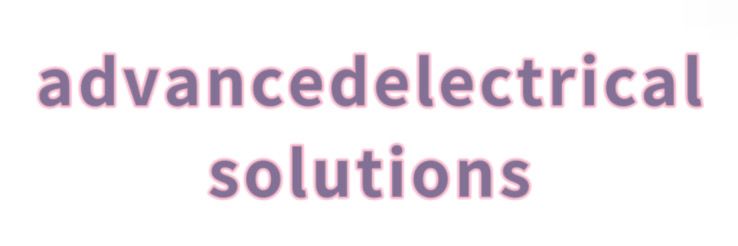How Can You Ensure Accurate Arrester Leakage Current Measurements?
Understanding Arrester Leakage Current Measurements
In the realm of electrical systems, the reliability and safety of surge arresters is of utmost importance. A key factor in this evaluation is the measurement of arrester leakage currents. Accurate measurements have significant implications for the dependability of power systems, necessitating the use of appropriate equipment. This article discusses methods to ensure precise arrester leakage current measurements.
The Importance of Accurate Measurements
Surge arresters are crucial in safeguarding electrical equipment against transient overvoltages. Over time, the performance of these devices may decline due to various factors like environmental influences, manufacturing flaws, or aging. Hence, regular testing and precise measurement of arrester leakage currents offer invaluable insights into the condition of these devices. An Arrester Leakage Current Test Set is essential in this evaluation, enabling technicians to reliably determine the leakage current.
Choosing the Right Arrester Leakage Current Test Set
Choosing a suitable Arrester Leakage Current Test Set is vital for accurate measurements. Different test sets come with assorted ranges and functionalities; thus, understanding the specific requirements for your testing environment is important. Consider the following features:
- Measurement Accuracy: The test set must provide high-fidelity measurements of leakage currents; even minor inaccuracies can misrepresent an arrester's condition.
- Range of Measurements: Ensure that the test set can handle the anticipated range of leakage currents without sacrificing accuracy, aligning its specifications with the arresters being tested.
- User-Friendliness: A user-friendly interface can simplify the testing process and enhance result interpretation.
Calibration and Maintenance
Regular calibration of your Arrester Leakage Current Test Set is crucial for ensuring measurement precision. Equipment can drift out of calibration over time, leading to incorrect readings. To maintain optimal performance, consider these steps:
- Regular Calibration: Set a routine calibration schedule based on the manufacturer's guidelines. Document all calibration activities to monitor performance over time.
- Maintenance Protocols: Create a maintenance checklist for the Arrester Leakage Current Test Set, covering cleaning, inspection, and necessary repairs. Proper upkeep prolongs the lifespan of your equipment while ensuring accurate readings.
Best Practices for Conducting Tests
When conducting tests with an Arrester Leakage Current Test Set, follow best practices to ensure accuracy:
- Pre-Test Checks: Confirm that the arrester is de-energized and that all safety protocols are observed before measurements.
- Environment Consideration: Test in a controlled environment to minimize the influence of external factors like humidity or temperature variations on measurements.
- Data Recording: Opt for digital formats for recording and analyzing measurement data. This approach aids in identifying trends over time and supports maintenance schedules.
Conclusion
Accurate measurements of arrester leakage currents are vital for preserving the integrity of power systems. By utilizing a high-quality Arrester Leakage Current Test Set, adhering to calibration protocols, and following testing best practices, measurement accuracy can be greatly improved. Investing effort in these areas allows electrical professionals to ensure the effective operation of surge arresters, ultimately safeguarding valuable electrical infrastructures. Regular assessments not only extend the lifespan of arresters but also contribute to safer and more dependable electrical systems.
For further insights, explore our offerings, including insulation power factor tester and power factor test equipment.


Comments